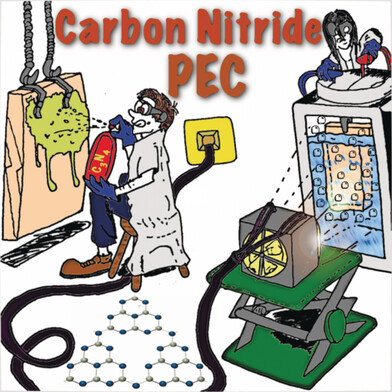Journal list menu
Export Citations
Download PDFs
Table of Contents
Covalent Organic Framework Based Functional Materials: Important Catalysts for Efficient CO2 Utilization
- First Published: 20 January 2022
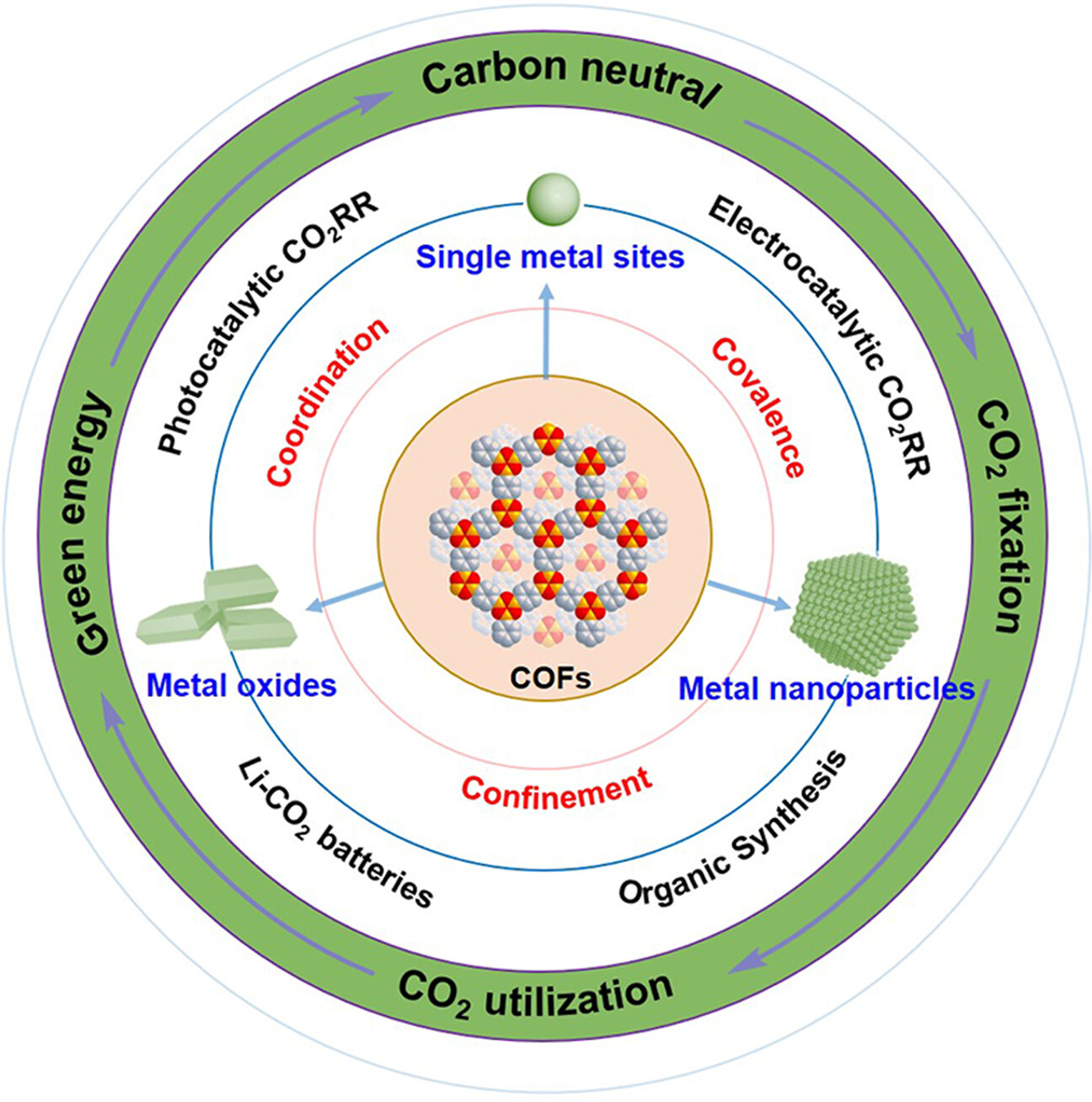
This Minireview discusses recent developments in the basic knowledge, mechanisms, and CO2 utilization strategies regarding the use of functional materials based on covalent-organic frameworks (COFs) with diverse active sites as catalysts. Insight is provided into the challenges and prospects of COF-based catalysts for the design of the next-generation photo-/electrocatalysts for the utilization of CO2.
Advances and Challenges for the Electrochemical Reduction of CO2 to CO: From Fundamentals to Industrialization
- First Published: 16 April 2021

The selective electrochemical reduction of CO2 to CO provides a promising approach to realize a sustainable, carbon-neutral economy. This Review gives a comprehensive overview focusing on catalyst and electrolyte design, and their integration with electrolyzer technology towards industrial implementation. The current challenges in the commercial use of CO2 electrolysis to generate CO are also presented to enable future developments.
Electrocatalytic Refinery for Sustainable Production of Fuels and Chemicals
- First Published: 19 February 2021
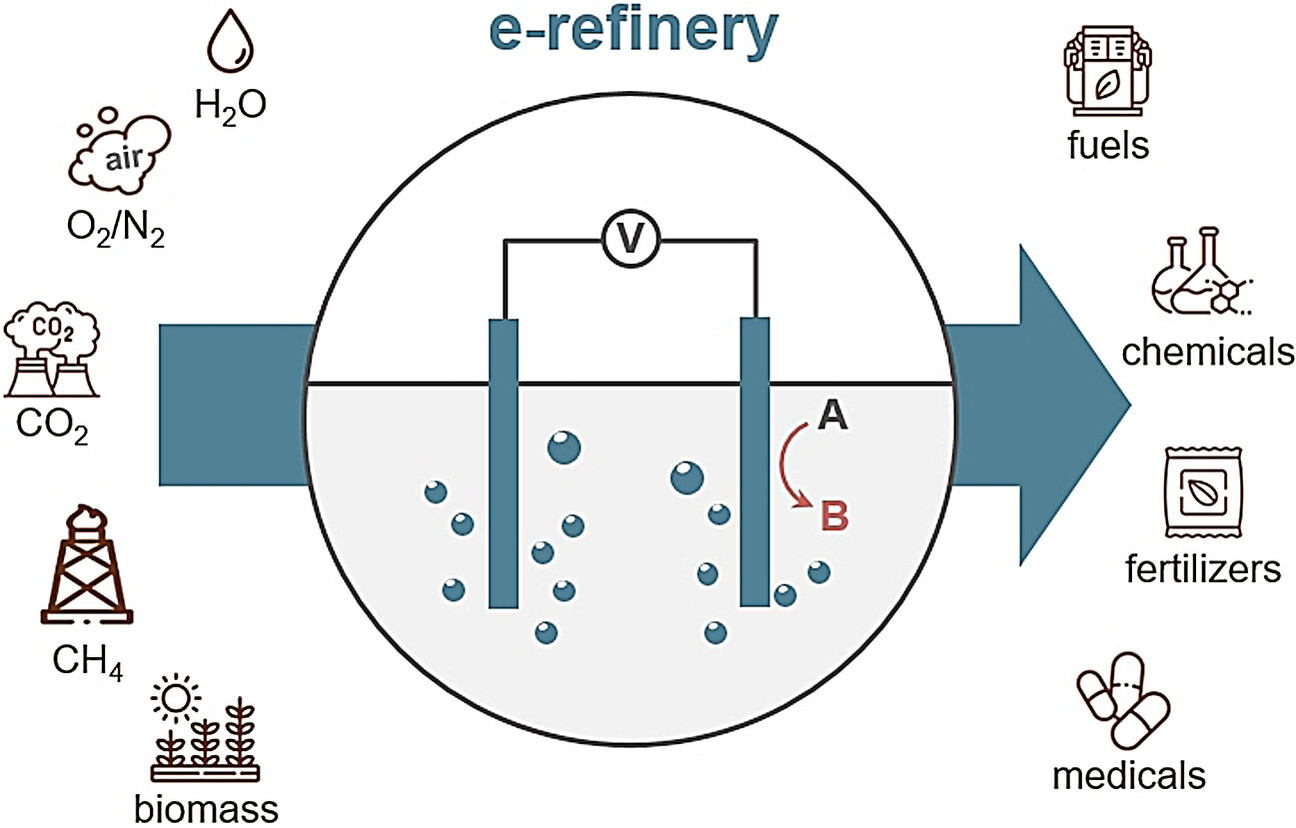
The concept of the electrocatalytic refinery (e-refinery) is an intrinsically sustainable strategy to convert renewable feedstocks and energy sources to transportable fuels and value-added chemicals. This Review describes the concept, fundamentals, and framework of e-refinery processes with some game-changing reactions and innovative catalyst design strategies.
Metal–Organic Framework Derived Bimetallic Materials for Electrochemical Energy Storage
- First Published: 10 September 2020
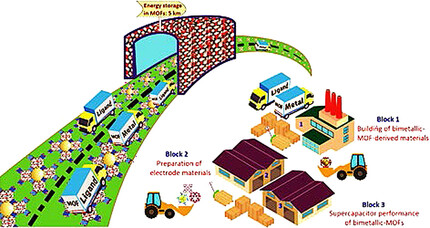
Bimetallic metal–organic frameworks (MOFs) have been applied as sacrificial templates or precursors in the preparation of derivatives that can be used in supercapacitors. Bimetallic MOFs and their derivatives can offer the advantages of improved electrochemical activity, convenient redox reactions, and high electrical conductivity, and are excellent candidates as advanced electrode materials.
Perovskite Solar Cells: From the Atomic Level to Film Quality and Device Performance
- First Published: 18 May 2017
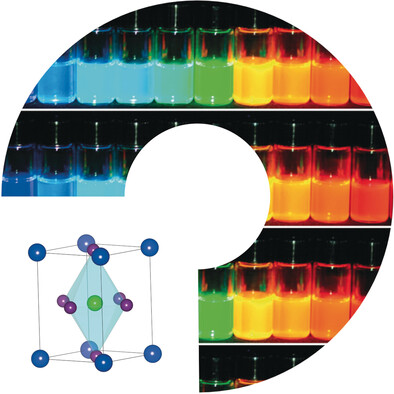
Perovskite solar cells have emerged as a low-cost, thin-film technology with unprecedented efficiency gains that challenge the quasi-paradigm that high efficiency photovoltaics must come at high costs. Perovskites can be processed via inexpensive solution methods and have exceptional material properties that are comparable to established materials such as CdTe, GaAs, or Si. Remarkably, perovskites have a continuously tuneable band gap from 1 to 3 eV enabling applications far beyond photovoltaics.
Three-Dimensional Architectures Constructed from Transition-Metal Dichalcogenide Nanomaterials for Electrochemical Energy Storage and Conversion
- First Published: 21 August 2017
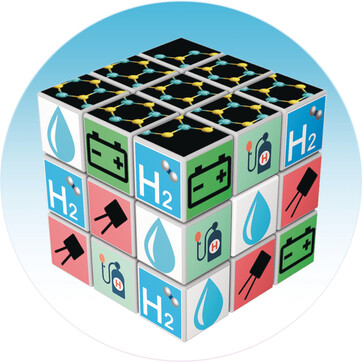
Electrochemistry in 3D: Three-dimensional transition-metal dichalcogenide architectures have shown great promise for electrochemical energy storage and conversion. This Review summarizes the commonly used strategies for the construction of such architectures, as well as their application in rechargeable batteries, supercapacitors, and electrocatalytic hydrogen evolution.
Atomically Dispersed Metal Sites in MOF-Based Materials for Electrocatalytic and Photocatalytic Energy Conversion
- First Published: 19 February 2018
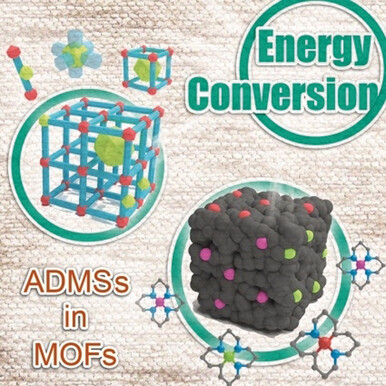
A site to behold: Atomically dispersed metal sites in MOFs and MOF-derived materials offer great potential for the design and modification of advanced catalysts for applications in photocatalytic and electrocatalytic energy conversion. Recent breakthroughs and future perspectives are presented in this Review.
Polymer Donors for High-Performance Non-Fullerene Organic Solar Cells
- First Published: 28 August 2018
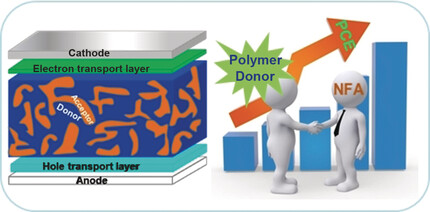
Polymer power: Polymer donors have shown remarkable photovoltaic performance in non-fullerene organic solar cells (OSCs). The molecular design strategies are analyzed in terms of developing suitable polymer donors for non-fullerene acceptors to further improve the power conversion efficiency (PCE) of non-fullerene organic solar cells.
All-Polymer Solar Cells: Recent Progress, Challenges, and Prospects
- First Published: 05 November 2018
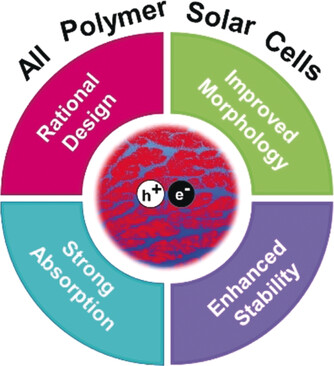
APSCs offer all: All-polymer solar cells have attracted great attention, owing to rational design, improved morphology, strong absorption, enhanced stability etc. This Minireview highlights the opportunities of APSCs, selected polymer families suitable for these devices with optimization to enhance the performance further, and discusses the challenges facing APSC development for commercial applications.
Carbon Nitride Materials for Water Splitting Photoelectrochemical Cells
- First Published: 18 July 2018
Redox-Flow Batteries: From Metals to Organic Redox-Active Materials
- First Published: 07 November 2016
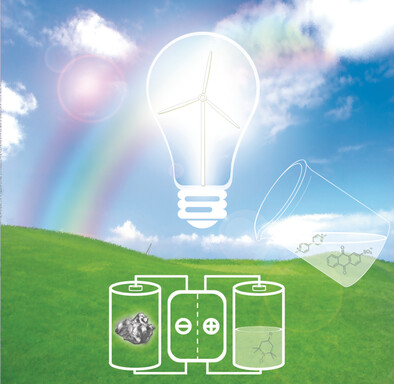
Go with the flow: Redox-flow batteries are promising candidates for storing sustainably generated electrical energy and, in combination with photovoltaics and wind farms, for the creation of smart grids. This Review presents an overview of various flow-battery systems, focusing on the development of organic redox-active materials, and critically discusses opportunities, disadvantages, and future challenges of these systems.
Stability of Perovskite Solar Cells: A Prospective on the Substitution of the A Cation and X Anion
- First Published: 28 November 2016
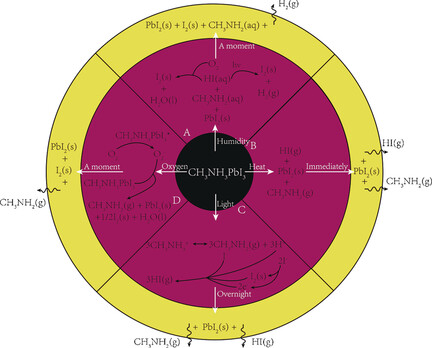
Stability rising: The recent advances in improving the chemical stability of perovskite materials in terms of substitution of A-cation and X-anion are reviewed. The aim is to open new perspectives for the rational design of perovskite materials to create perovskite solar cells with unprecedented stability for outdoor applications.
Luminescence, Plasmonic, and Magnetic Properties of Doped Semiconductor Nanocrystals
- First Published: 02 February 2017
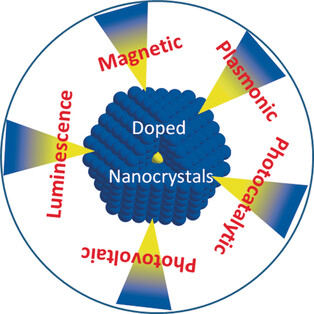
Doping control: Doping semiconductor nanocrystals combines properties of both the dopant ion and the quantum confinement effect of the nanocrystal. This Review presents recent advances in synthesis, luminescence, photocatalysis, photovoltaic, plasmonic, magnetic, and magneto-optic properties of doped semiconductor nanocrystals.
Power-to-Syngas: An Enabling Technology for the Transition of the Energy System?
- First Published: 07 October 2016
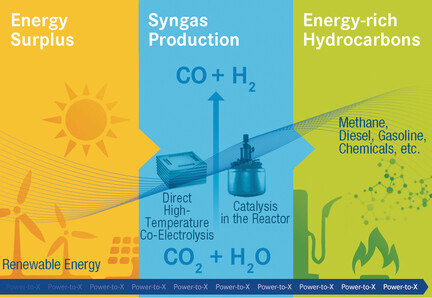
Effective use of the energy surplus: The electrochemical conversion of steam and carbon dioxide by co-electrolysis to syngas for the production of synfuels and high-value chemicals can be regarded as a key enabling step for a transition of the energy system, offering promising routes for CO2 valorization and closed carbon cycles. Syngas is perfectly suited for the production of synfuels and high-value chemicals.





